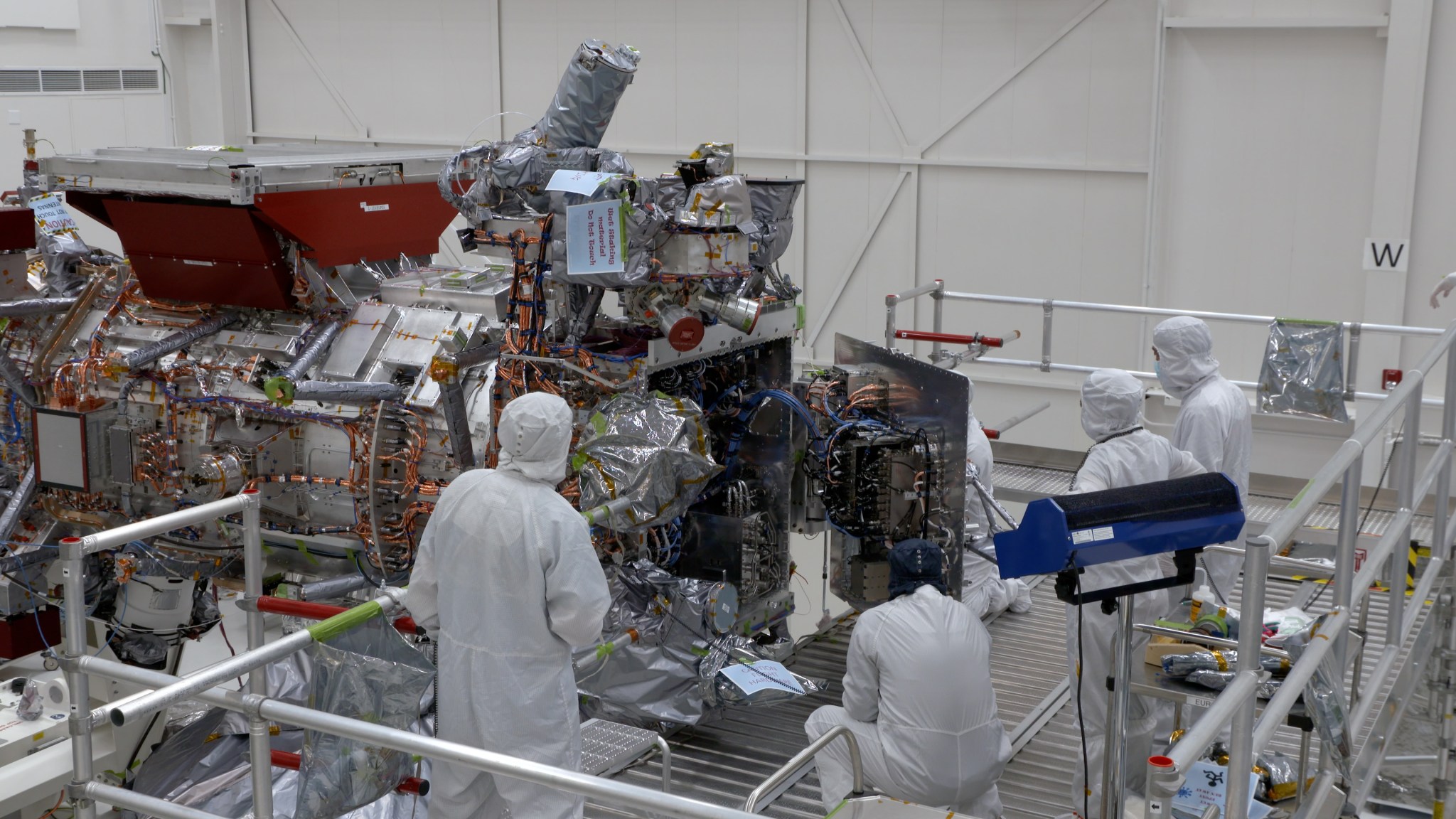2023-10-24 スイス連邦工科大学ローザンヌ校(EPFL)

◆最新の研究では、新しい設計がPSCsの効率と安定性の課題を克服し、25.3%という印象的な電力変換効率を実現し、1000時間以上の過酷な条件に耐える耐久性を持ちました。
◆この設計はPSCsを市場に導入する重要なステップであり、太陽電池の低い製造コストと組み合わせて広く採用される可能性があります。また、この方法はLEDやフォトデバイスなど、効率的な光管理が必要な他の光電子デバイスにも恩恵をもたらす可能性があります。
<関連情報>
- https://actu.epfl.ch/news/new-design-solves-stability-and-efficiency-of-pero/
- https://www.nature.com/articles/s41586-023-06745-7
反転ペロブスカイト太陽電池用テクスチャー基板上の低損失コンタクト Low-loss contacts on textured substrates for inverted perovskite solar cells
So Min Park,Mingyang Wei,Nikolaos Lempesis,Wenjin Yu,Tareq Hossain,Lorenzo Agosta,Virginia Carnevali,Harindi R. Atapattu,Peter Serles,Felix T. Eickemeyer,Heejong Shin,Maral Vafaie,Deokjae Choi,Kasra Darabi,Eui Dae Jung,Yi Yang,Da Bin Kim,Shaik M. Zakeeruddin,Bin Chen,Aram Amassian,Tobin Filleter,Mercouri G. Kanatzidis,Kenneth R. Graham,Lixin Xiao,Ursula Rothlisberger,Michael Grätzel & Edward H. Sargent
Nature Published:23 October 2023
DOI:https://doi.org/10.1038/s41586-023-06745-7
We are providing an unedited version of this manuscript to give early access to its findings. Before final publication, the manuscript will undergo further editing. Please note there may be errors present which affect the content, and all legal disclaimers apply.
Abstract
Inverted perovskite solar cells (PSCs) promise enhanced operating stability compared to their normal-structure counterparts1–3. To improve efficiency further, it is crucial to combine effective light management with low interfacial losses4,5. Here we develop a conformal self-assembled monolayer (SAM) as the hole-selective contact on light-managing textured substrates. Molecular dynamics simulations indicate cluster formation during phosphonic acid adsorption leads to incomplete SAM coverage. We devise a co-adsorbent strategy that disassembles high-order clusters, thus homogenizing the distribution of phosphonic acid molecules, thereby minimizing interfacial recombination and improving electronic structures. We report a lab-measured power-conversion efficiency (PCE) of 25.3% and a certified quasi-steady-state PCE of 24.8% for inverted PSCs, with a photocurrent approaching 95% of the Shockley-Queisser maximum. An encapsulated device having a PCE of 24.6% at room temperature retains 95% of its peak performance when stressed at 65°C and 50% relative humidity following >1000 hours of maximum power point tracking under 1-sun illumination. This represents one of the most stable PSCs subjected to accelerated ageing – achieved with a PCE surpassing 24%. The engineering of phosphonic acid adsorption on textured substrates offers a promising avenue for efficient and stable PSCs. It is also anticipated to benefit other optoelectronic devices that require light management.



